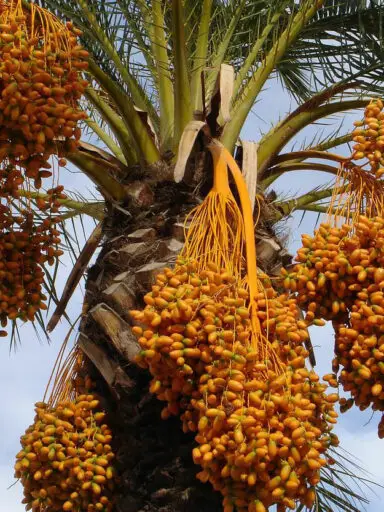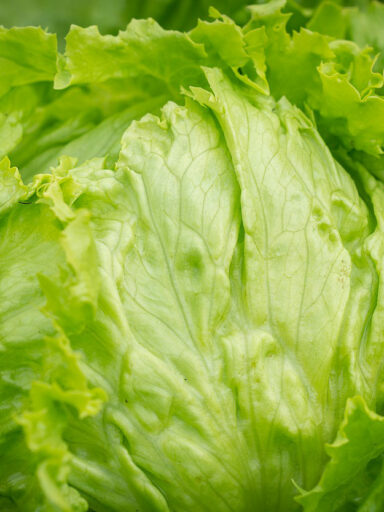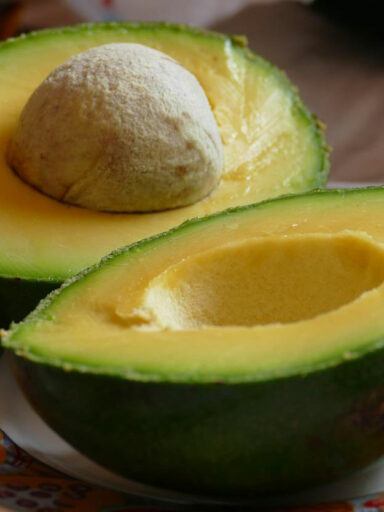The Coconut is a nut-like stone fruit that commonly grows along coastlines in tropical climates loved for its fleshy pulp, oil, milk, and water.
The term coconut generally refers to the entire plant and all the beneficial products which are many. Here we are keeping to the culinary uses of coconut.
It comes from the family of palm trees and is an integral part of cooking recipes from parts of south and southeast Asia, the Pacific islands, the Caribbeans, and the coast of eastern Africa.
It does best in moist, sandy, well-drained soil and flourishes particularly well in the saline-rich coastal regions. The trees can live from about 75 to 100 years and grow up to 30 meters tall on a single stem. It starts producing fruit after about four to eight years.
The taste of the different varieties of coconut is influenced by the type of soil and distance from the shores. Coconut trees yield about 20 to 75 fruits a year. The fruits grow to about 10 inches in diameter and can weigh up to 1.5 kg. They tend to be green and turn brownish-gray as it continues to mature.
The outer husk is hard and consists of tough fibers. Below that is a woody shell, then the white pulp which contains the coconut milk can be found under that. Within the pulp is a hollow cavity that contains coconut water.
That makes up the three layers of coconut just like other fruits which contain the exocarp, mesocarp, and endocarp. The shell has three germination pores or “eyes” that can be seen when the husk is removed.
The fruit can be stored in its shell for months is stored in a cool dry place. If too humid it could promote rotting from the husk. Once opened the flesh does not keep for too long. The pulp should be stored in a refrigerator to prevent decay.
Coconut Used in Cooking
The fruit can be obtained wholly from the tree or the markets. It can also be purchased and processed in various ways. In processed forms, you can get it dried, in the form of coconut milk (liquid or powdered) or cream. It also comes desiccated.
The husk can be cut open on one end with a sharp knife. This is done to preserve the water which is consumed as a refreshing drink by those living around coconut growing areas. This water can be flavored with mint leaves, orange zest, or lemon juice. If the water is not needed, the fruit can be cracked open by hitting it on a hard surface.
Once the pulp is exposed, it can be pried off using a sharp knife placed between the woody shell and the pulp.
The pulp can be eaten as is or cooked in part of recipes. It can be grated, cut into slices, or chunks depending on the method one wants to eat. It can be mixed with other ingredients such as banana, honey, and sugar and added as an ingredient to desserts, meat and vegetable dishes as well.
The dried desiccated coconut can be used to make cookies, cake, granola bars, chocolate snacks, and custard. The milk is used in sauces or soups and is even popular in cooking rice.
The oil extracted from this fruit can be used for cooking and in salads when in liquid form. The solid form can be used like butter or lard.
Health and Nutritional Benefits
This fruit contains no cholesterol and comes packed with 354 calories per 100 g. It is rich in fats and is a good source of dietary fiber. It also comes as a good source of vitamins such as folates, pantothenic acid, thiamine, and vitamin C.
It is rich in minerals like copper, iron, and manganese. Phosphorous, selenium, zinc, and magnesium are also present in coconut.




